The 30 tech unicorns of the ASX
As Josh Frydenberg seeks to put some structure around the nation’s shifting payments system, a tech shift is gaining momentum on the ASX.
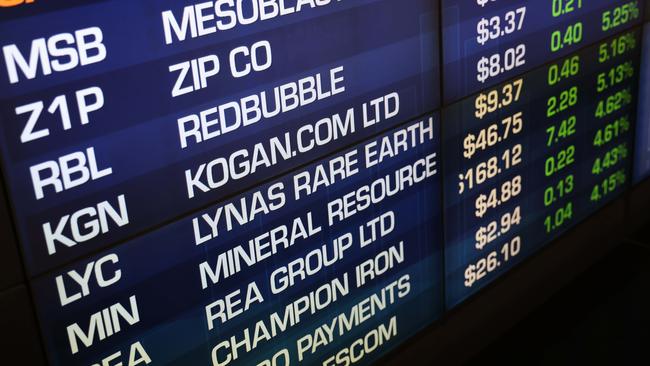
As Josh Frydenberg seeks to put some structure around the nation’s shifting payments system, a tech wave is gaining momentum on the ASX.
More needs to be done to bring tech talent onshore and big super funds need to become better at backing fledgling companies but Australia is taking technology seriously.
At current count there are now 30 tech unicorns listed on the ASX. These companies — each with a market capitalisation of more than $1bn — are deepening the pool of potential funds available to invest in the sector and will pave the way for more technology hopefuls to thrive in Australia.

Some of these companies, are already household names (Afterpay, Seek, REA Group, Computershare, WiseTech) with a market capitalisation in the tens of billions of dollars and are well known among big investors.
Several have emerged (NextDC, Altium, Iress, Carsales.com and Xero). While others (Pushpay, Brainchip, Fineos, Life 360 and Cettire) are just getting started.
Rounding off the list are the likes of Dubber Corp, Hansen Tech, Appen, Temple & Webster, EML, Tyro, Codan, Link and Technology One.
There will be a global exchange beauty parade for Sydney-based but US-domiciled online design play Canva, seen as one of the world’s most valuable start-ups with a valuation in September estimated at $55bn (the company’s co-founder Melanie Perkins has said there are no plans for an IPO).
Meanwhile, Queensland unicorn SafetyCulture has a valuation in excess of $2bn based on recent funding rounds, which would put it squarely in sights of the ASX.
In the rush for Australia to diversify away from banks, miners and property trusts, the warning needs to be made not all tech is equal. It will take some time to rebuild investor confidence with names such as the Macquarie-backed Nuix tanking shortly after arrival on the ASX board.
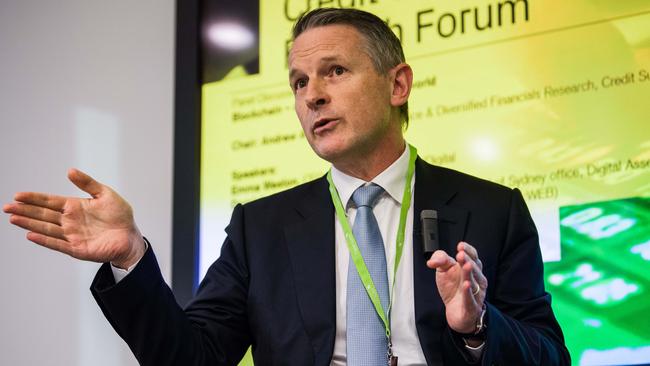
For its part, the ASX under chief executive Dominic Stevens has this month started working with investment banks and brokers to test its cutting-edge trading system.
If all goes to plan, this will see the ASX switch to a rolled-gold clearing and settlement platform from April 2023, becoming the first exchange in the world to use blockchain, the technology behind cryptocurrency to power its post trading platform.
This will set the ASX up the next few decades and put it on the path of moving to single day settlement and build out and ultimately capture direct trading in cryptocurrency beyond ETFs.
Frydenberg on Wednesday acknowledged tech sovereignty relies on a clear regulatory framework.
Speaking in Melbourne he noted that if we get the settings right Australia has an enormous opportunity to capitalise on the convergence between finance and technology.
Here the Morrison government is keen to move a little faster on the digital currency front than the Reserve Bank, which has remained cool on the prospect of a central bank-backed digital currency being placed in the wallets of retail investors.
Frydenberg and financial services minister Jane Hume want advice on a pathway for a central bank digital currency to be delivered to them by the end of next year – depending of course on a federal election.
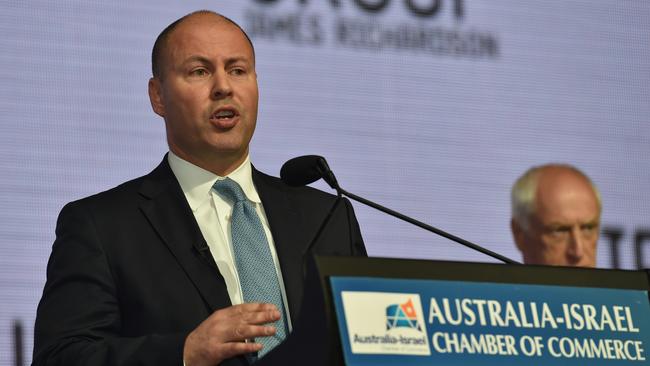
Other measures floated by Frydenberg include investor protection around the often murky world of crypto currency exchanges, while ordering Treasury finds out what is needed to get to a point where banks or other custody firms could accept digital currency such as bitcoin as deposits.
If this plays out it will put Australia at the front end of a digital payments revolution.
Frydenberg’s comments coincided with the RBA releasing the findings of the long running “Project Atom” which is looking at using the technology behind cryptocurrencies to help streamline financing for big corporates.
Here, the project which includes input from Commonwealth Bank, NAB and Perpetual, looked at the issuance a central bank-backed digital form of money – that could be used by wholesale investors for the funding, settlement and repayment syndicated loans on an Ethereum-based trading platform.
The study concluded a central bank-backed digital currency could provide “significant efficiency gains and reduce operational risk” by replacing highly-manual and paper-based processes involved in syndicated loans.
Payments to borrowers could be sped up, while the technology could help facilitate more complex loan arrangements across many lenders at once. But there were a number of legal hurdles to cross before rolling out such a product, the Project Atom team warned.
Hot Air
It’s a phrase that doesn’t exactly stir the spirits but “the year of 5G” is how communications minister Paul Fletcher described this year’s spectrum licence auction which ultimately saw Optus and Telstra bid for mobile bandwidth for a combined $2.09bn.
The so-called low band spectrum that was up for grabs, has unusual characteristics that allows data to be transmitted over long distances and through objects such as trees and buildings as well as hard to reach spots. It is a crucial part of mobile networks and an essential piece of the 5G puzzle in regional Australia.

Bidding tension was low as TPG/Vodafone sat out of the latest auction given it already has large holdings of low band for the relative size of its customer base.
In total 16 lots of the 850/900MHz band spectrum were allocated under Canberra’s auction with average pricing of $1.21/MHz per population – the relative measure of valuation – coming in below expectations of as much as $1.50/MHz, based on Macquarie Equity calculations.
Optus scooped up the lion’s share of the spectrum paying $1.475bn, although it is playing catch-up in low band spectrum which it needs to bulk-up its holdings of mid-band (shorter distance) spectrum.
Telstra, which paid $616m to secure its maximum allocation under the rules designed to promote competition in the auction, said the spectrum was “strategically important” to build out its ultra-fast 5G network.
Allocation limits that applied to the low band spectrum auction mean that no single operator can hold 40 per cent of spectrum in metropolitan areas and no more than 45 per cent in regional or remote areas.
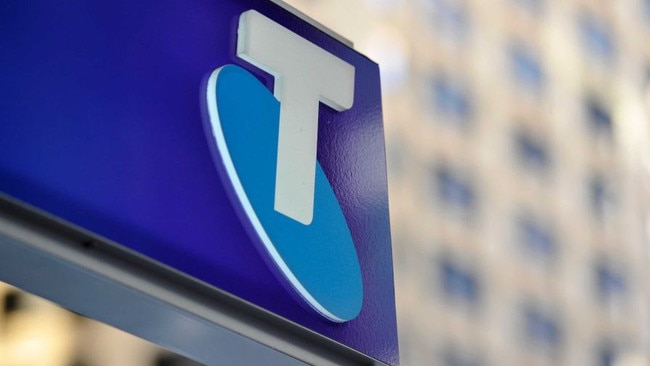
Vicki Brady, Telstra’s chief financial officer said the telco is sitting on more spectrum than any other carrier, which will support its large customer base.
“Mobile and wireless broadband are key components of a successful digital economy, and this low band spectrum will help us support Australia’s digital economy ambitions which is critical to our nation’s pandemic recovery.”
She said the spectrum was essential for carrying mobile data, particularly 5G, over the vast distances needed across regional and remote areas as well as providing better coverage indoors in metro locations.
johnstone@theaustralian.com.au




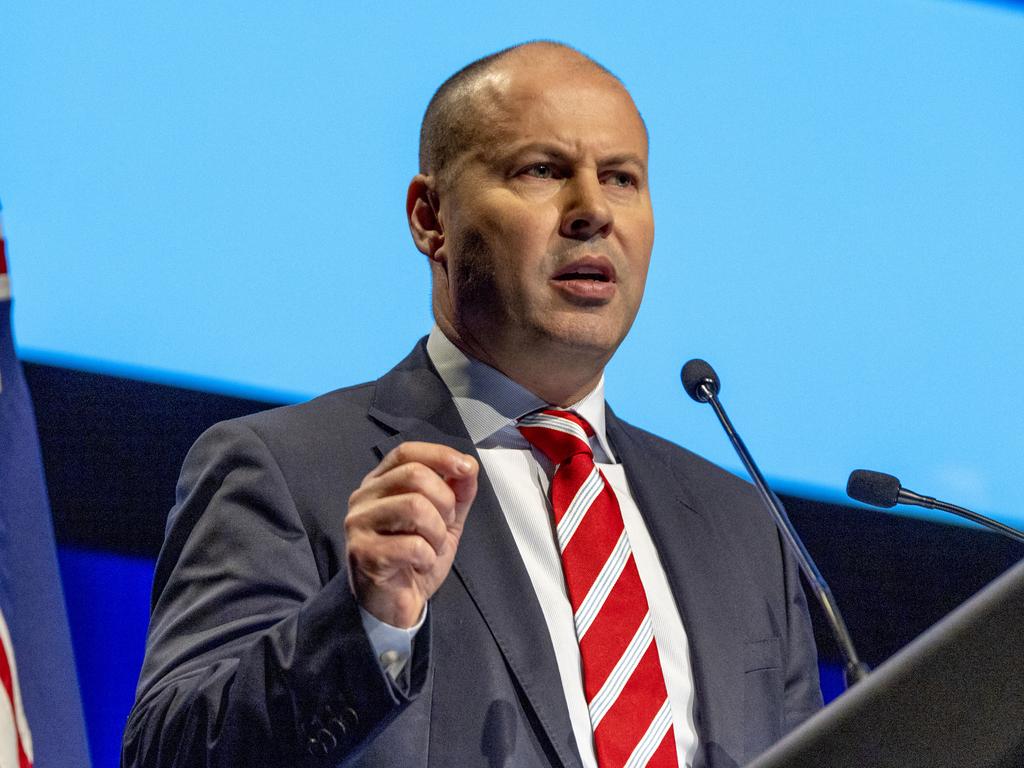


To join the conversation, please log in. Don't have an account? Register
Join the conversation, you are commenting as Logout